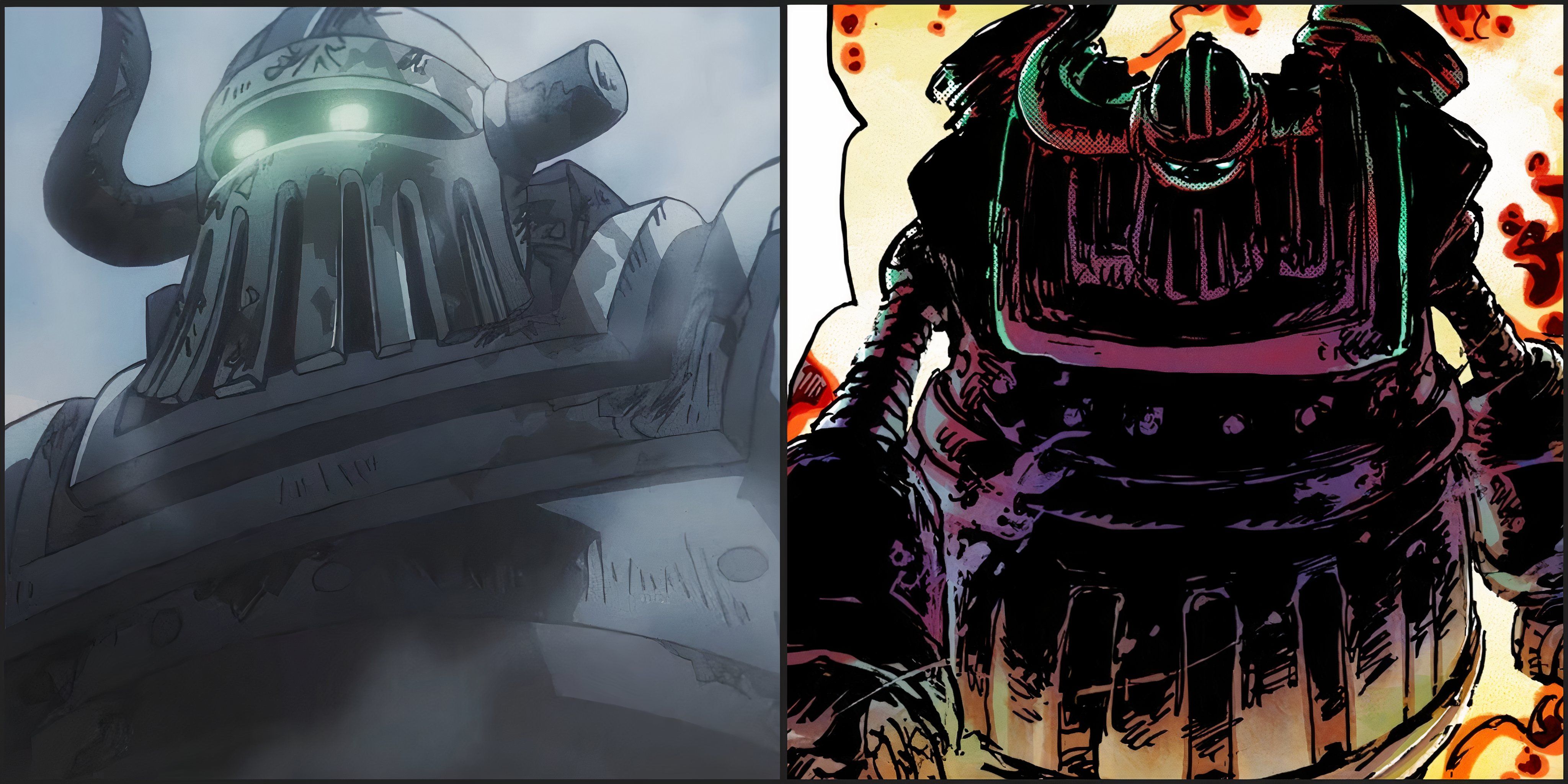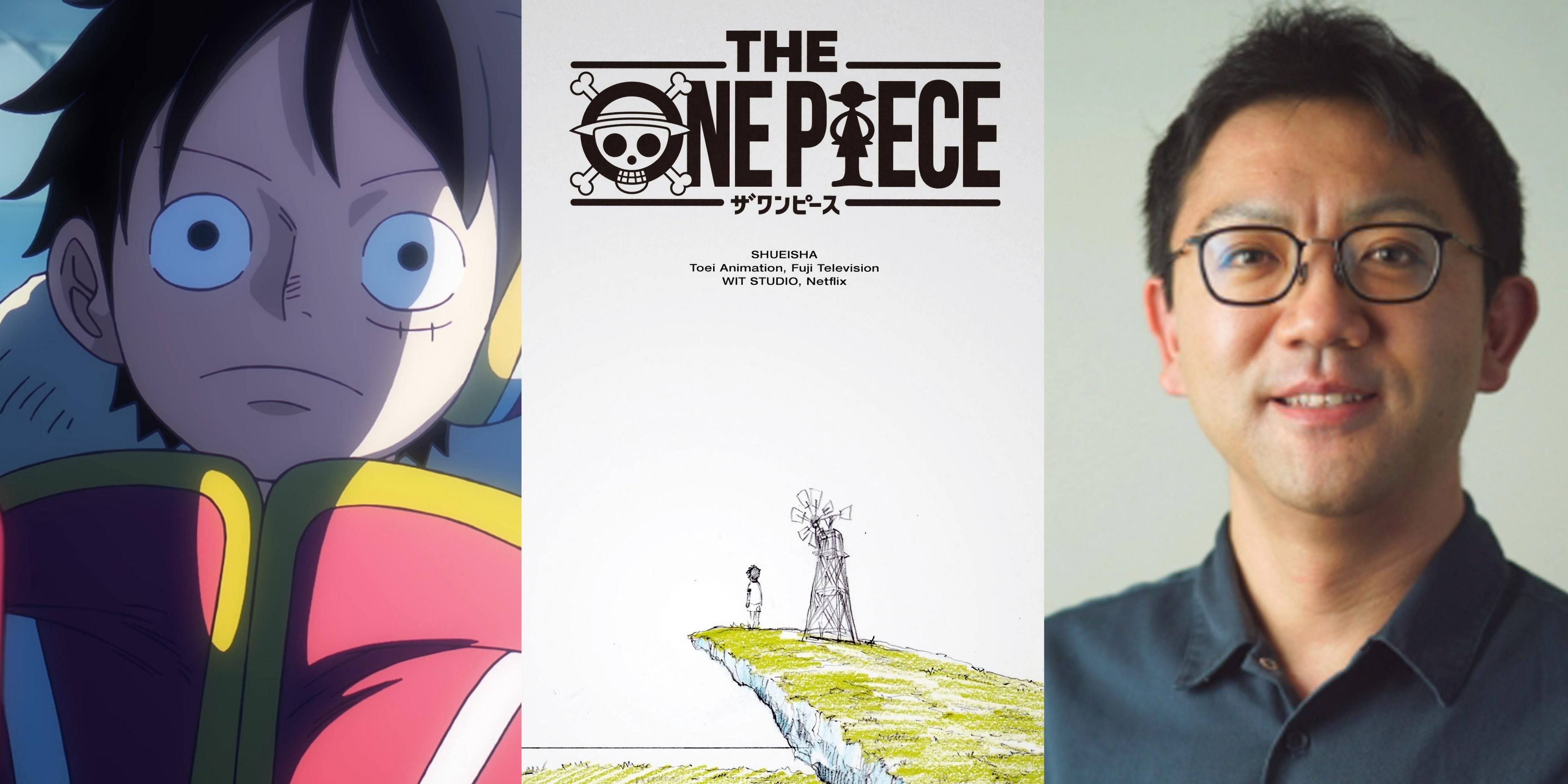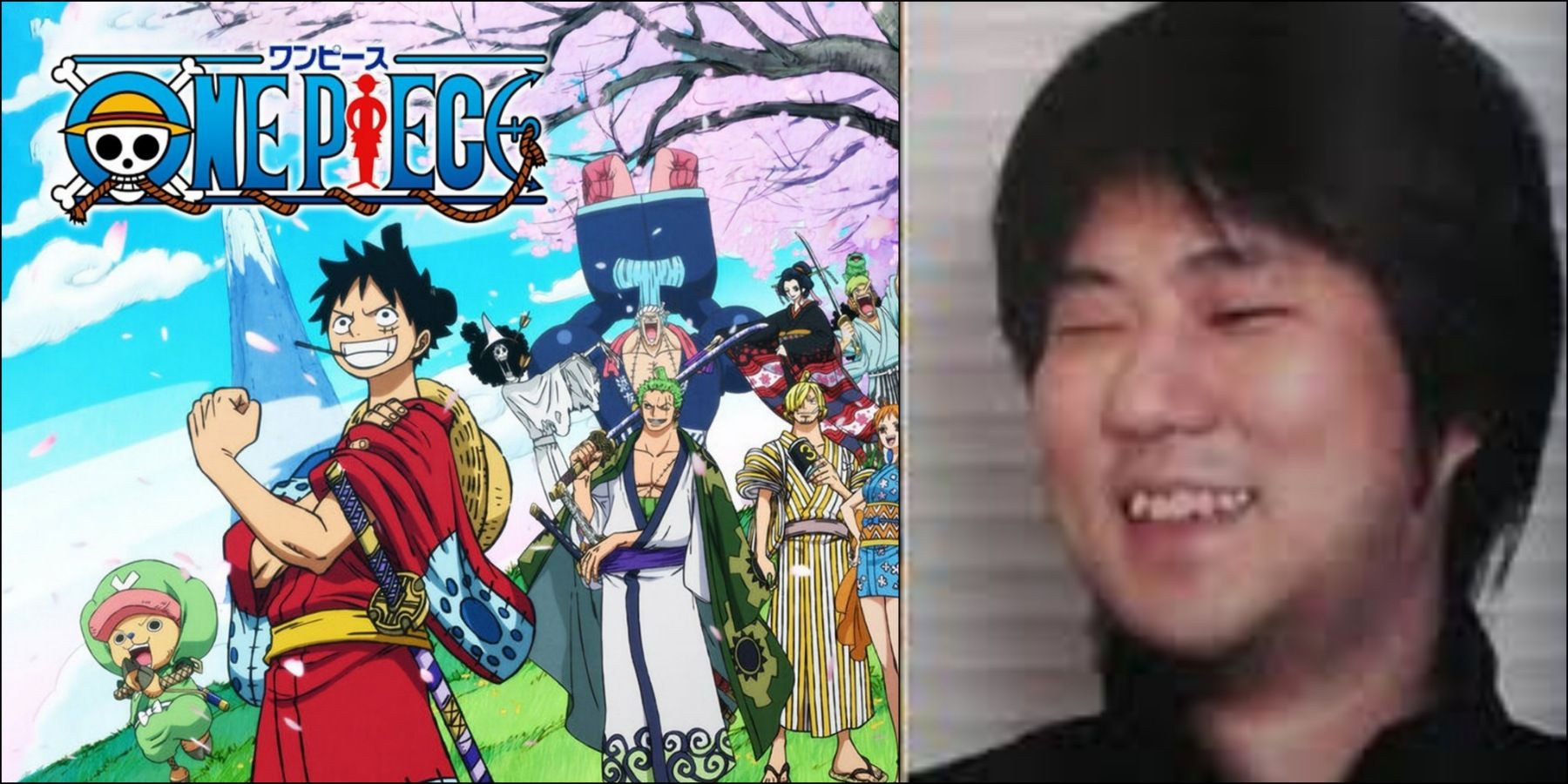The sailor shanty "Bink's Sake" from One Piece can get the whole crew going when played in the right context. It is especially liked Brook, the straw hat crew's musician sings and plays it. Nothing in One Piece is as simple as it appears thanks to the intricate world building of Eiichiro Oda. "Bink's Sake" as a song carries deeper commentaries on the life of a pirate both within and outside the world of One Piece.
"Bink's Sake" is a pirate anthem whose origins trace back to pirates of old such as the Lumbar pirates and Shank's pirate crew. The song is primarily used in times of celebration in order to lift people's spirits, but its most famous appearance in the series comes moments before Brook's death, as the Lumbar pirates collapse one by one until Brook is all by himself.
Composition
The composition of "Bink's Sake" was completed much before Brook's first appearance. While coming up with concept and design for Brook, Oda asked respected anime composer and colleague Kohei Tanaka (most famous for his compositions for Gunbuster and JoJo's Bizarre Adventure) to get to work writing the melody for "Bink's Sake".
Oda then told Tanaka to have the song finished in "a year or so", however progress in One Piece can be a tricky thing to predict, and as it happened the song would not premiere until five years after Tanaka completed the song. In an interview about the composition process, Tanaka stated that his goal was to make "Bink's Sake" both lighthearted and sad at the same time. The emotional mood is often conferred by the instruments being used to perform the song, with the song being more ballad-like when played on a violin and more upbeat when played on the piano.
Meaning
There are a few differences between the Japanese and English translations of "Bink's Sake". For example, the Japanese 'sake' can refer to any type of alcohol. A more accurate translation of "Bink's Sake" into English might actually be something like "Bink's Brew" or "Bink's Booze". The lyrics of the song are crafted in traditional sea shanty style, and include many metaphors about the sea and the weather. "Bink's Sake" is usually included in scenes to highlight the grandness of the straw hat's ideals.
Singers are meant to be naively optimistic like a pirate setting off on a voyage: "The wind it blows/ to where who knows?/ The waves will be our guide" The absentminded attitude towards the waves is much like Luffy's attitude toward danger. A pirate's gleeful ignorance is what makes them grow strong, after all "if [they] let blow winds of fear/ then the end of us is near". The key ingredient to success is courage in the face of uncertainty. What the song seems to highlight are the qualities of a pirate king, and those qualities definitely apply to Luffy and the Straw Hats. The song also mentions the rise and fall of the sun and moon as they relate to the rise and fall of the ocean waves. The ever-changing landscape of the pirates is cycle due to repeat itself day after day. The pirate is happily caught up in the cycle, and optimistic about the future.
Future
"Bink's Sake" will continue to be one of the most recognizable and emotionally impactful songs in all of One Piece. Composer Takahata always has fans singing along to the many "Yohohoho hohohoho"'s. On the other hand, "Bink's Sake" has not seen much screen time in the anime since episode 380, except as Brook's theme.
There are arguments to be made that "Bink's Sake" is corny and repetitive, and should be phased out. The world of One Piece might need new songs to reflect an environment that grows more brutal with each chapter. "Bink's Sake" stokes the flames of passion for never ending adventure. It has a light-hearted charm, and the corny repetitiveness goes well with these earlier episodes of One Piece. Even if One Piece has changed, "Bink's Sake" will remain a great song.






-2.jpg)
